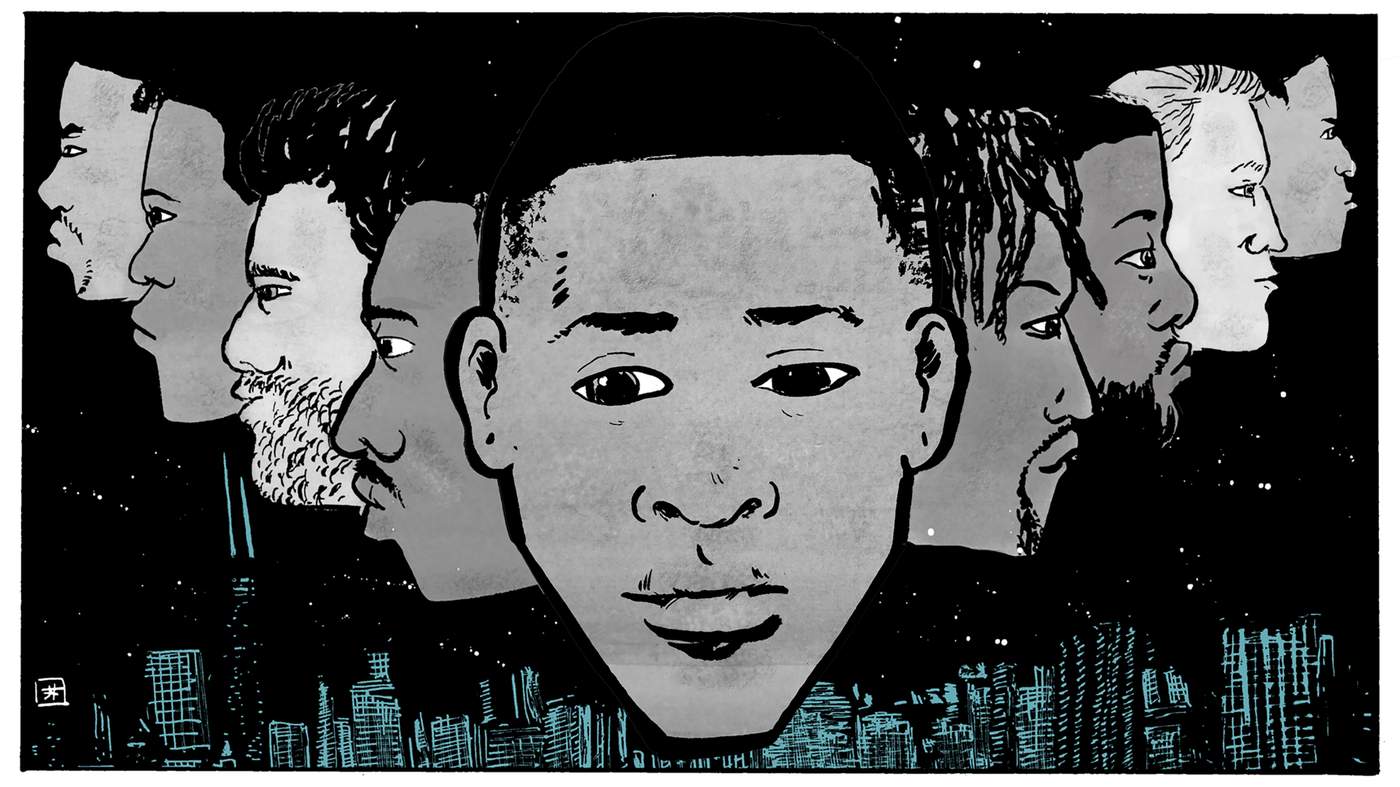To tamp down Chicago’s gun violence, officials are trying things such as more youth mentoring and more cops. They are also talking about another approach: getting shooters employed.
“The best anti-crime program is a job,” Mayor Rahm Emanuel said last fall in a heavily hyped speech about the city’s violence. “It’s that simple.”
Other politicians, including Illinois Gov. Bruce Rauner, and many civic leaders have said similar things.
So far, though, they have not spoken much about how big an employment program would have to be — or how much it would cost, even if focused on lower-paying jobs. So WBEZ set out to investigate what it would take.
To come up with the number of full-time, year-round jobs in a program that would eliminate a significant amount of violence, we crunched numbers with Matthew Wilson, an economic-development planner at the University of Illinois at Chicago’s Great Cities Institute, which has been doing research on employment and poverty.
First we identified a group that makes up just 4 percent of Chicago’s population but accounts for roughly half of the city’s shooting victims this year — and potentially half the assailants. That group consists of males, ages 16 to 34, in 26 of the city’s 77 community areas.
Then we used U.S. Census Bureau estimates to find out roughly how many members of this group are out of school and out of work. That number is 32,656. To keep the math simple, we rounded it down to 30,000. That’s how many jobs might be needed to take a big bite out of Chicago’s violence.
The next question was how many dollars per hour those jobs would need to pay to convince most of those 30,000 people to steer clear of violence. We gathered thoughts on that from a 26-year-old man who grew up on the West Side. (To hear his story — it’s a bit graphic — use the audio player above.)
His answer, $13 an hour, fit what we have heard from other shooters, so we ran with it.
Loading...
That final price tag, $1.1 billion for the program’s first year, is no small sum. But, just for context, it’s around the planned cost of redeveloping Union Station downtown. It’s also roughly what Illinois spends to keep its violent offenders in prison for one year.
And, while we’re considering cost, it might be a lot more expensive to allow Chicago’s shooting surge to continue. For starters, there’s the policing, incarceration and medical care. The violence is probably also a factor in the city’s population drop — a drain on the tax base. Another drain is simply having those 30,000 at-risk people jobless.
“Even the low-skilled jobs would be a good starting avenue because every penny of investment is going to result in more money circulating in our economy,” said Teresa Córdova, director of UIC’s Great Cities Institute.
And remember Mayor Emanuel’s words? “The best anti-crime program is a job. It’s that simple.”
People with power and resources make a good case that employment is essential. The next step is to create a jobs program big enough to scale the violence way down.
Chip Mitchell reports out of WBEZ’s West Side studio. Follow him @ChipMitchell1.
This story is part of WBEZ's Every Other Hour project. Find more stories here.
Criminal justice reporting and investigative journalism at WBEZ is supported in part by Doris and Howard Conant, The Joyce Foundation and the Robert R. McCormick Foundation.

